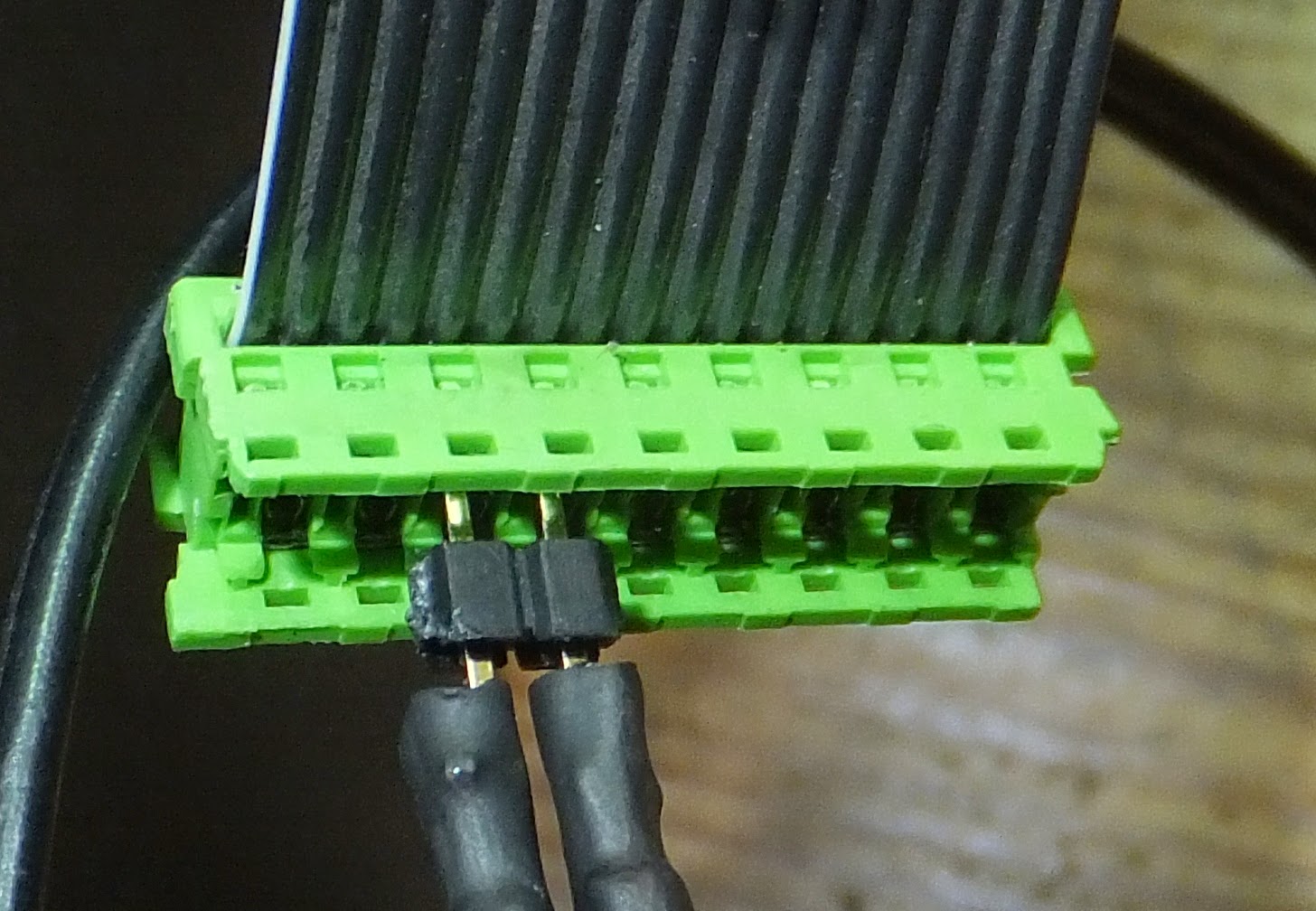PWM controlled RGB : old scanner lamp
(1/?)
There are a very few things about recycling scanner lamps on the internet, mostly incomplete information. This post ins't to make exhaustive WIP, but giving a few more leads towards success...
This WIP will be based on the following :
- LANp (which uses a 5 pins RGB lamp instead of 4 like there is on my HP one)
- instructables.com "printer scanner light" (that doesn't talk about PWM)
- instructables.com "Scanner light hack" (that uses a battery instead)
1/ Finding the positive pin and the RGB ones
on these lamps, there is 4 pins used, one is the positive (usually +5VCC, but i'm not sure if 5V is (it was not in fact) really the nominal voltage for this specific HP lamp)...
Canon lamps have 5 pins, so it can't help to find which of the 4 is which ...
A comment on instructables gave the following for HP lamps :
I made some tests and it appeared to be right!
on mine it is Blue-Green-Red-VCC
Though, the pins here are too small for the available wires and soldering iron... Turned out with continuity tests that the 4 pins at the left are linked to these on the slot... but in a reversed (messed) order!
- VCC
- Red
- Blue
- Green
2/ Soldering wires
While taking apart the VHS-PSU i got some ribbon cables, a new life for one of them :
from left-to-right : VCC, Red, Blue, and Green. For easier management, i simply inverted the order while soldering so that i can get RGB sequence at the other end :
3/ Insulating with hot glue to make sure nothing can short-circuit
4/ Building and insulating the plug
(VCC is took one pin after on purpose to know where is VCC, and the 3 RGBs.)
6/ Testing and... failing
Worked perfectly as long as it was powered by an old 9V battery (provides only about 5V said my voltmeter)
Red and Blue burnt as soon as i tried a 5VCC supplied by a computer PSU... protected by an adjustable resistor ... accidentally set to 0 ... (who said: "You're Dumb Bro!" ???)
Of course, Don't NOT use without current limiting resistor (you may use ledcalc.com to easy find the one you need)
So this WIP is locked until i find
Read part two here : getting another scanner lamp.















































